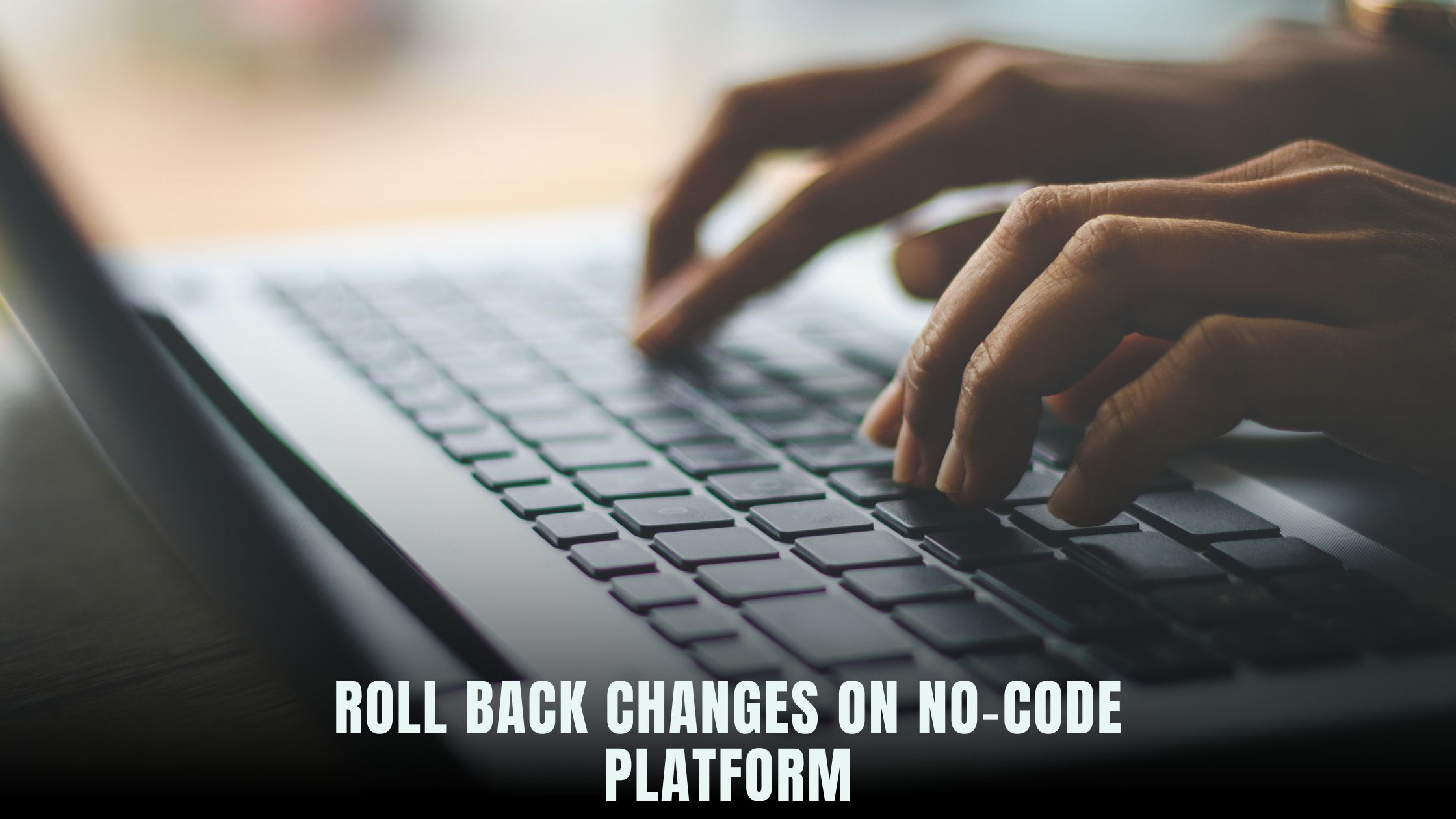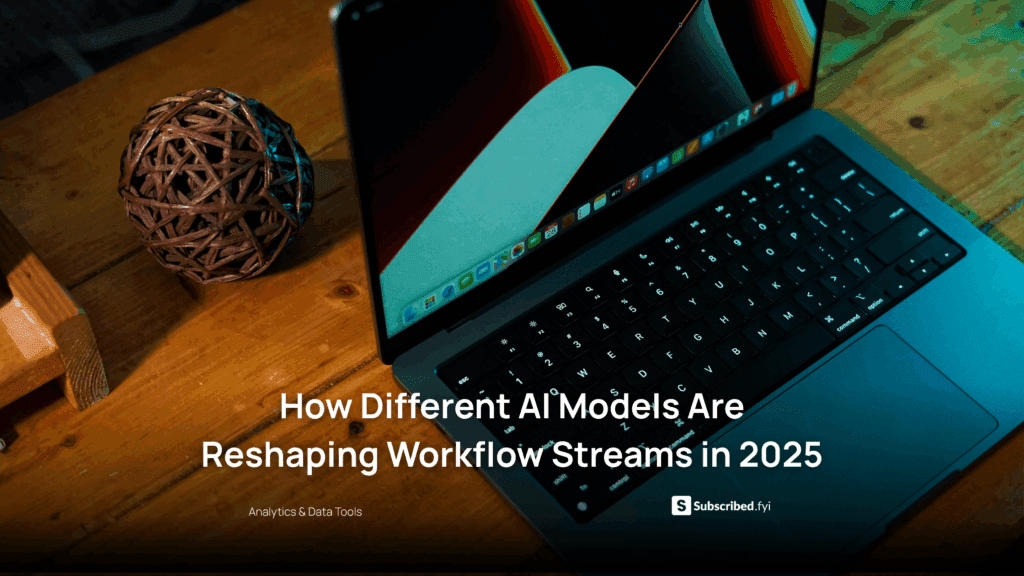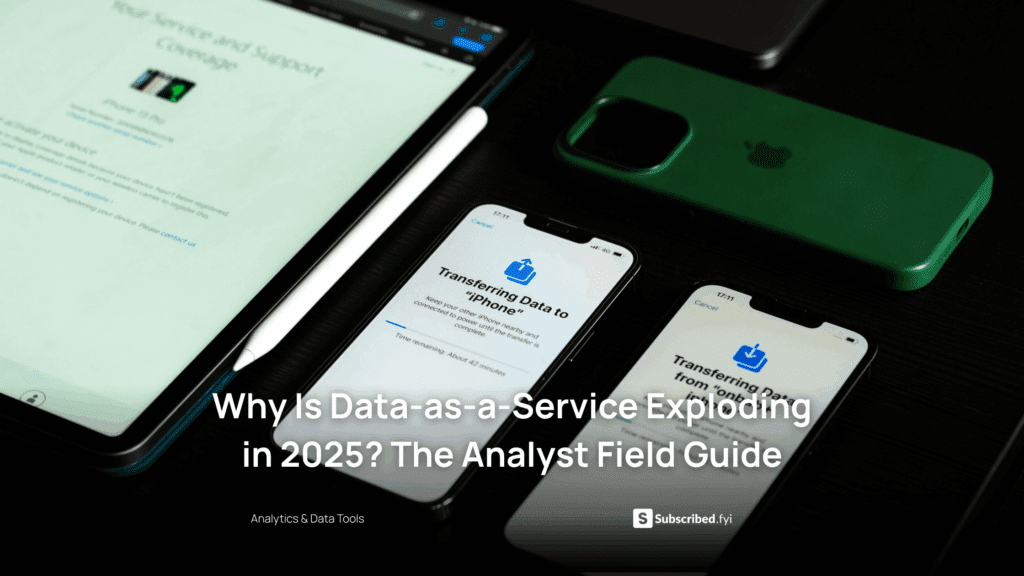How to Roll Back Changes on a No-Code Platform?
- WebOps Platforms Bug Tracking & Feedback Software Web Development & Design Website Builder


Managing website updates without code demands a solid rollback strategy to undo mistakes and restore functionality fast. With a no-code solution like Hostinger Horizons, you can snapshot your project automatically and revert to earlier versions in seconds. If you want to explore other platforms that support version control, check out the AI-powered website builders list to compare how each handles staging, snapshots, and rollbacks.
Sometimes you’ll need to experiment with a new layout, integrate a third‑party tool, or update content—and those changes don’t always work as expected. By previewing changes in a dedicated staging environment, like the one provided by Hostinger Horizons, you catch issues before they reach live users. For a broader view of no-code options, explore the Vibe Coding directory to find builders with robust change‑management features.
Why Rollback Matters in No-Code Development
Every update carries risk. A misplaced element or incompatible integration can break page layouts, disable forms, or degrade performance. Rollback functionality provides a safety net: it lets you undo recent changes and restore a stable state without rebuilding from scratch. In traditional development, this is handled via Git commits. No-code platforms adapt the concept with visual version histories, automatic snapshots, and one‑click reversions—critical tools for solopreneurs and small teams without dedicated devops.
Common Version Histories on No-Code Platforms
Many no-code builders maintain version histories, but their approaches vary. Some record every change automatically, while others require manual “save versions” steps. Platforms like Lovable AI and Bolt let you label snapshots—“before hero update”—for easy identification. Horizon’s AI chat interface can also tag versions: simply instruct “snapshot project as ‘pre-launch’,” and proceed with updates. Later, type “restore version ‘pre-launch’” to roll back instantly.
Setting Up a Staging Environment
Testing changes in production is risky. A staging environment mirrors your live site without exposing updates to real users. Hostinger Horizons offers a sandbox URL with every project—ask “create staging clone” and receive a secure preview link. Other platforms, such as Tempo, require separate staging plans. A dedicated staging instance ensures that rollbacks in production don’t affect your testing environment.
Automatic Snapshots and Version Histories
Automatic snapshots capture your site’s state at key moments. Horizon takes snapshots on deploy, saving HTML, CSS, and database content. You can review these in a timeline view: click any date to preview. V0 offers similar functionality but may limit snapshot retention. Knowing how many versions your platform keeps and how long they’re stored helps you plan for long‑term rollback needs.
Previewing Previous Versions Safely
Before restoring, always preview an old version. Hostinger Horizons’ preview mode isolates the snapshot, letting you test links, forms, and scripts without overwriting live content. If you use Lazy AI or Fine AI for content creation, preview ensures that new AI‑generated copy integrates properly with earlier layouts.
Performing a Rollback: Step-by-Step Guide
-
Open your version history or snapshots list in the platform dashboard.
-
Select the desired snapshot by date or label.
-
Click “Preview” to verify that this version is the one you need.
-
Hit “Restore” or “Rollback” to apply the snapshot to your live site.
-
Confirm the action—some platforms ask for a backup of the current live state first.
-
Test critical workflows, such as forms and e-commerce, to ensure everything functions correctly.
Hostinger Horizons streamlines this process with conversational commands: “rollback to version from July 10th,” followed by “run QA tests.”
Handling Content, Layout, and Data Changes
Rollbacks often need fine‑grained control. You may want to revert layout changes but keep updated blog posts. Horizon’s partial rollback feature lets you choose specific pages or components—ask “restore home page template only” to merge changes selectively. Tools like Windsurf focus on page-level rollbacks, while Cursor integrates AI to suggest which components to revert based on performance metrics.
Testing After Rollback to Ensure Stability
A rollback isn’t complete until you verify that everything works. Use automated testing suites—Horizon can “run regression tests after rollback”—to check page loads, form submissions, and critical scripts. Manual testing on staging and multiple browsers ensures that edge cases are caught. Tools like BrowserStack complement no-code testing by offering real device previews.
Best Practices for Change Management
Document your changes and rollbacks. Maintain a change log with version labels and notes: “July 12 update: new hero image broke layout.” Regularly archive old snapshots to manage storage. Automate snapshot creation on major events—theme changes, plugin updates, or API integrations. By combining manual labels with automated triggers, you create a robust audit trail for your site.
How Hostinger Horizons Simplifies Rollback Processes
Hostinger Horizons stands out by integrating AI-driven version control into its platform. With a single chat interface, you manage snapshots, preview versions, and restore previous states without opening multiple dashboards. Horizons bundles hosting, domains, and SSL, so your rollback restores everything—including certificates and DNS settings—consistently. Its real-time sandbox environment makes testing effortless, and expert 24/7 support ensures you never face a rollback challenge alone.
Rolling Back Third-Party Integrations
No-code sites often use third‑party widgets—chat, analytics, or payment gateways. If an integration causes errors, use your platform’s rollback tool to remove the widget’s code in one click. In Horizon, type “remove Calendly widget integration” or “rollback to snapshot before analytics integration” to restore stability instantly.
Incorporating Rollback into Your Workflow
Make rollbacks part of your daily routine. Before launching campaigns or publishing major updates, create named snapshots—“Black Friday prep.” After completing work, verify changes in staging and then deploy. If issues arise post‑launch, you can revert quickly and communicate transparently with stakeholders about “planned maintenance” rather than scrambling under pressure.
Elevating No-Code Confidence with Version Control
Version control isn’t just for developers. No-code builders with rollback features empower founders and small teams to experiment boldly, knowing they can undo mistakes at any time. Hostinger Horizons’ AI-managed snapshots, staging previews, and one-click restores eliminate the fear of irreversible changes. By embracing these tools, you deploy updates faster, reduce downtime, and maintain a clear history of your site’s evolution.
Keeping Your Site Resilient and Adaptive
In a fast‑moving digital world, the ability to roll back changes is as important as launching new features. Whether you’re updating your e-commerce flow, redesigning your landing page, or integrating a third‑party service, having a reliable rollback plan ensures continuity and quality. Platforms like Hostinger Horizons merge the ease of no-code development with enterprise‑grade version control, letting you innovate without worry.











